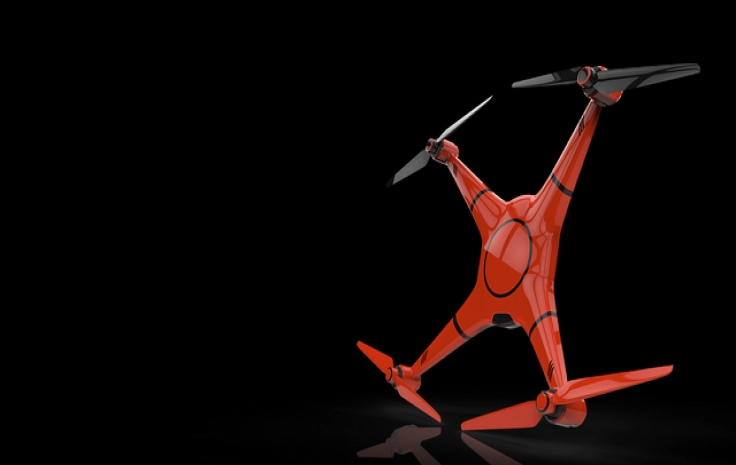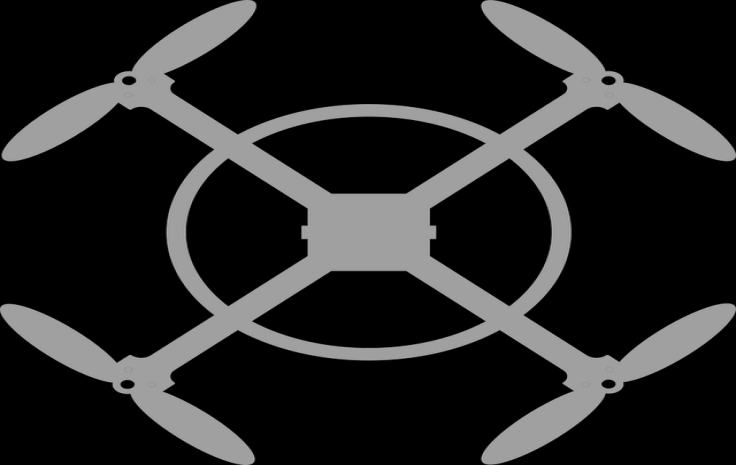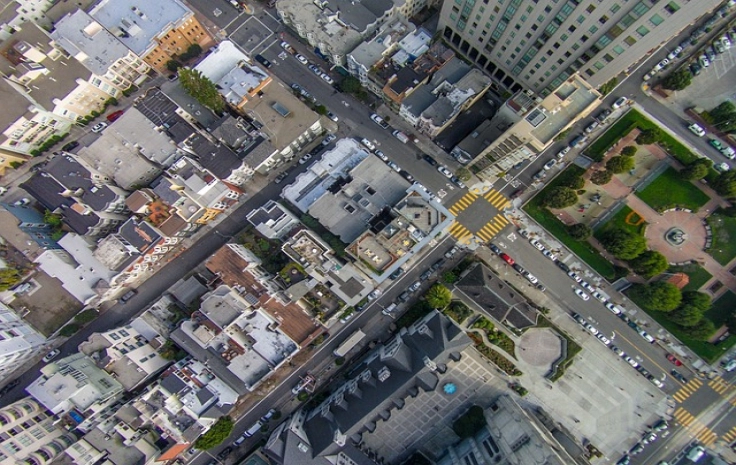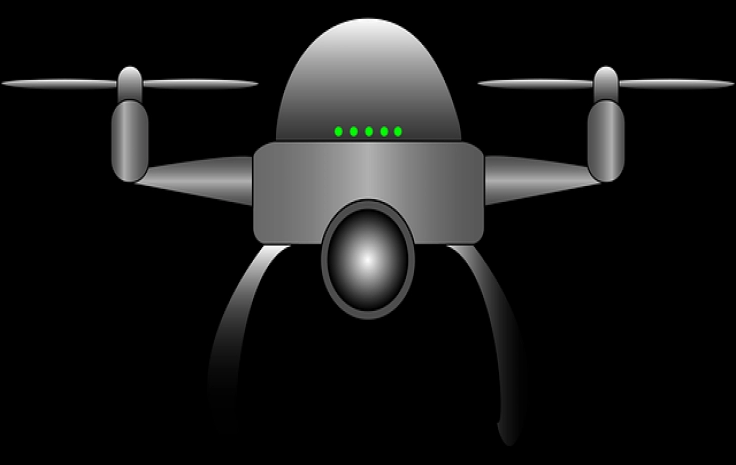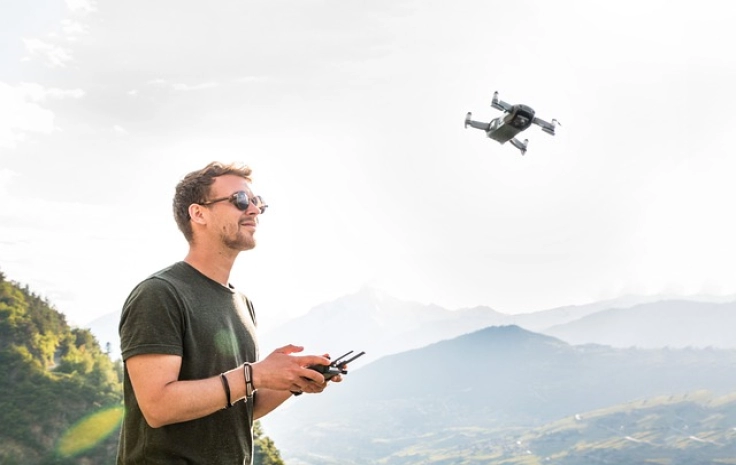how to design a fully autonomous uav
Visit how to design a fully autonomous uav's Site
What is how to design a fully autonomous uav?
how to design a fully autonomous uav possible use cases:
# How to Design a Fully Autonomous UAV## Introduction
In the world of unmanned aerial vehicles (UAVs), creating a fully autonomous drone is the pinnacle of innovation and engineering. A fully autonomous UAV is capable of navigating, completing tasks, and making decisions without human intervention. In this article, we will explore the key components and considerations in designing a fully autonomous UAV.
## Hardware Requirements
To design a fully autonomous UAV, it is essential to start with the right hardware components. These include:
### 1. Flight Controller
The flight controller is the brain of the UAV, responsible for receiving and processing sensor data, controlling the motors, and managing flight stability. When designing a fully autonomous UAV, it is crucial to choose a flight controller that supports advanced autonomous features and is compatible with the desired software stack.
### 2. Sensors
A variety of sensors are necessary for the UAV to gather data about its surroundings and make informed decisions. These may include GPS for navigation, altimeters for height measurements, gyroscopes and accelerometers for orientation and stability, and obstacle detection sensors for collision avoidance.
### 3. Communication System
A reliable communication system is vital for a fully autonomous UAV. It allows the drone to receive commands and transmit data to ground control or other systems. This communication system should be capable of real-time response and have a sufficient range to ensure continuous connectivity.
### 4. Power Source
Choosing the right power source is essential for the endurance and reliability of a fully autonomous UAV. Depending on the desired flight time and payload capacity, designers can opt for batteries, fuel cells, or hybrid power systems.
## Software Development
The software development phase is crucial for enabling autonomy in the UAV. The following steps should be taken into account:
### 1. Flight Planning and Pathfinding
Developing algorithms for flight planning and pathfinding is fundamental to ensure the UAV can navigate autonomously. This involves creating a 3D map of the environment, identifying obstacles, and planning optimal routes to reach the desired destination.
### 2. Autonomous Decision-making
Designing algorithms that enable autonomous decision-making is essential for a fully autonomous UAV. These algorithms should allow the drone to react to changing conditions, such as avoiding obstacles, rerouting in case of emergencies, or adapting to weather changes.
### 3. Sensor Fusion and Data Processing
To make informed decisions, the UAV must accurately process and interpret data from its sensors. Developing sensor fusion algorithms to combine data from multiple sensors, such as GPS, altimeters, and obstacle detection sensors, is vital to ensure reliable navigation and obstacle avoidance.
## Testing and Validation
After the hardware and software development stages, rigorous testing and validation are necessary to ensure the reliable performance of the fully autonomous UAV. This involves conducting flight tests in different scenarios, evaluating the drone’s ability to navigate, make decisions, and adapt to unexpected situations. Continuous iteration and improvement are key to refining the autonomy of the UAV.
## Conclusion
Designing a fully autonomous UAV requires careful consideration of hardware components, software development, and rigorous testing. The ability of a UAV to operate autonomously opens up a world of possibilities in various industries, including delivery services, surveillance, agriculture, and search and rescue operations. By following the key components and considerations outlined in this article, engineers and researchers can push the boundaries of UAV technology and pave the way for a future with fully autonomous drones.








